Studio Nicholson’s tactile Zara collaboration, now from fashion to furniture, is built to last
Studio Nicholson’s Nick Wakeman talks Wallpaper* through her second Zara collaboration, promising luxurious fabrics across menswear, womenswear and homeware – with a rebellious streak
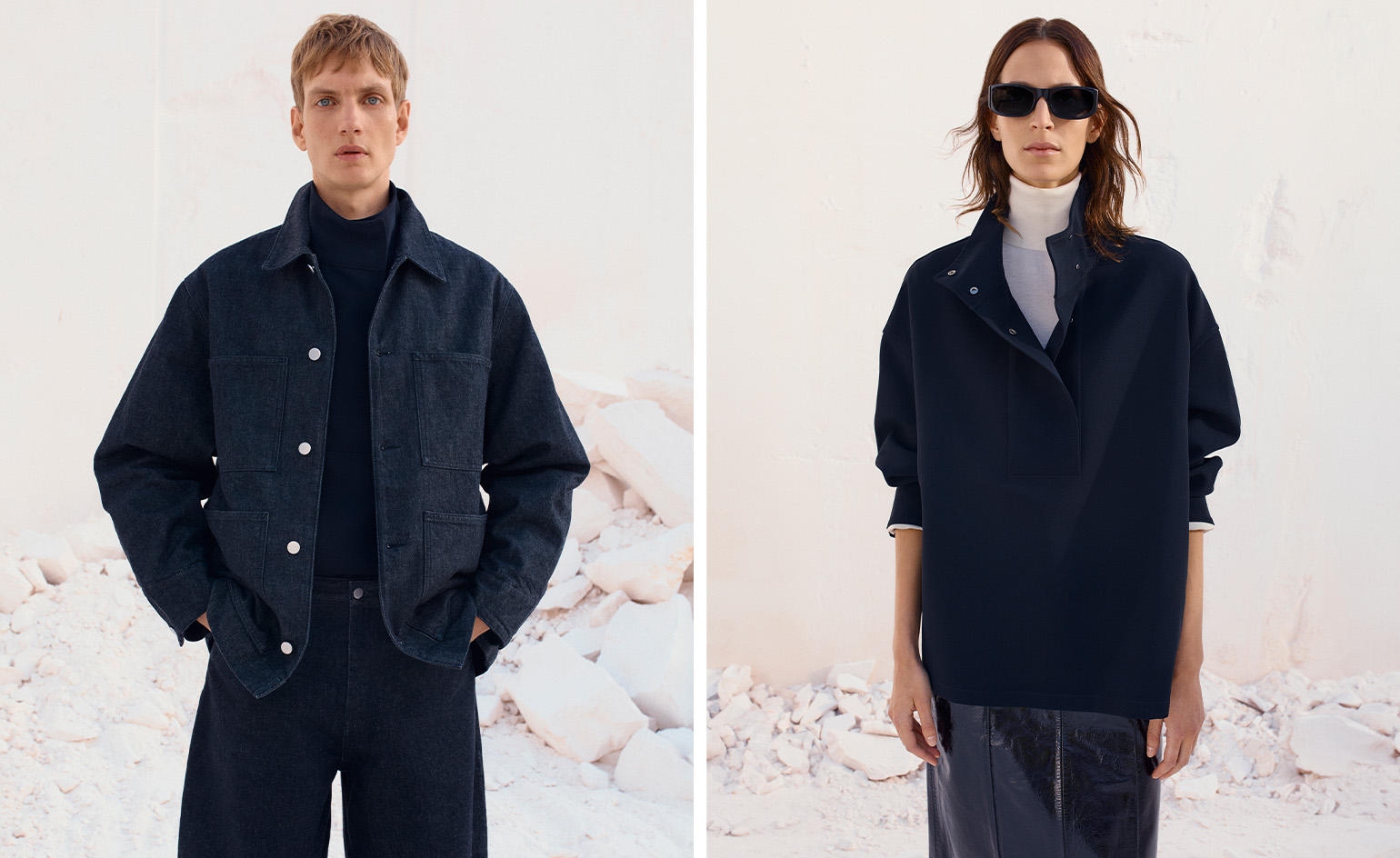
’They said I could do what I want; there were no restrictions,’ says British designer Nick Wakeman, founder of London-based label Studio Nicholson, which today (21 November 2023) reveals a second collaboration with Spanish fashion behemoth Zara after a first sellout first pairing earlier this year.
Known for their poetic, tactile collections, since founding the label in 2010, Wakeman and her team have aimed to instil comfortable, quotidian garments with a mood of elegance. Silhouettes err on the oversized, with an approach Wakeman calls ’fabric first’, which centres on high-quality European and Japanese materials – whether crisp coated linens, soft cottons, or the lightweight, fluid wools used to create Studio Nicholson’s signature wide-legged trousers.
Home comforts: Studio Nicholson + Zara
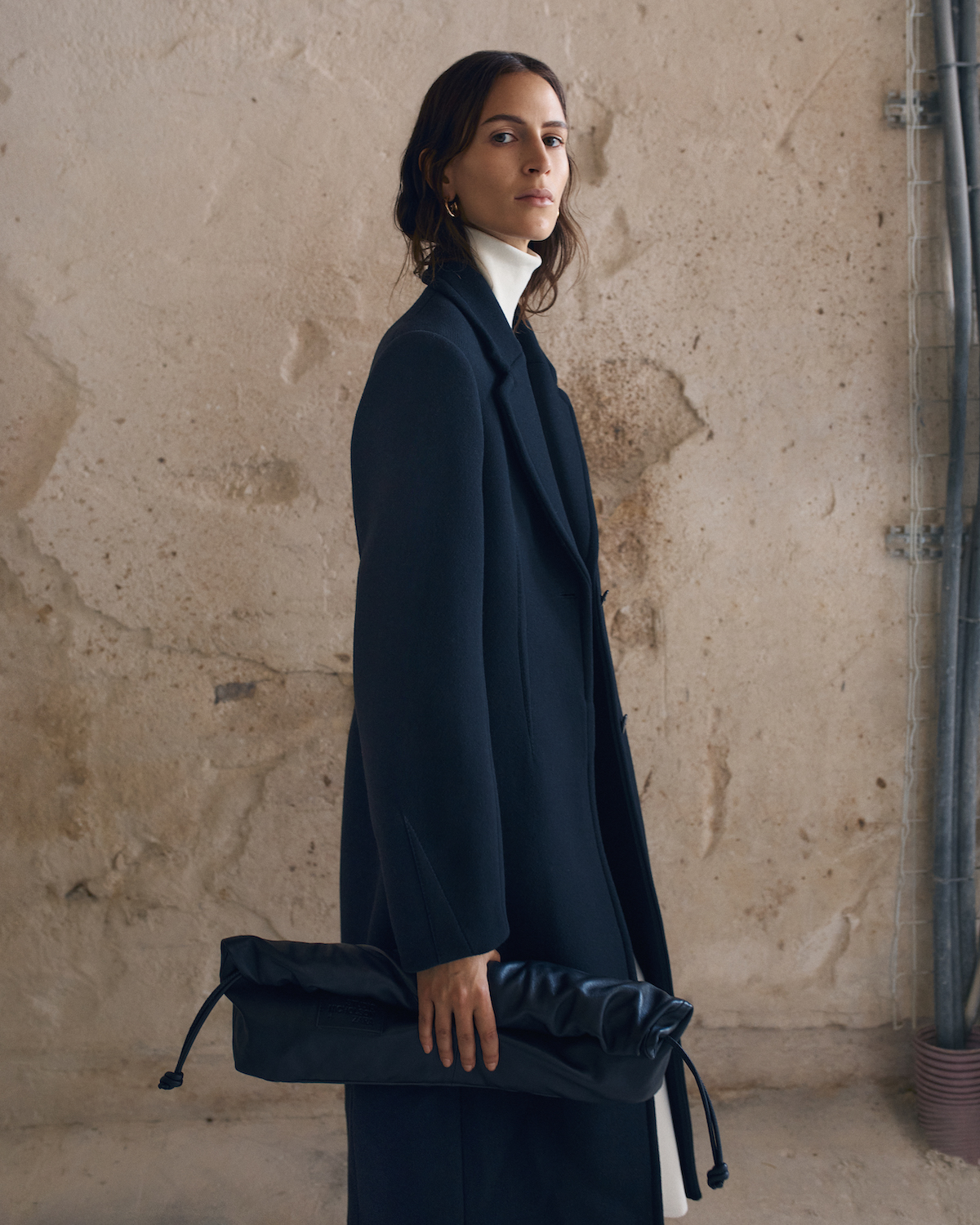
It is a design philosophy Wakeman brings to the second collaboration, which this time includes womenswear and a larger homeware offering, including furniture. It was Wakeman’s first dalliance with the medium, though she had designed the brand’s store on Broadwick Street in Soho, London, its elegant modular displays created alongside Uncommon Projects, a specialist kitchen and cabinet maker. For the Zara project, she says it has been ‘surprisingly easy’ to translate the Studio Nicholson aesthetic into products to populate the home.
‘It’s all about enhancing environments and spaces – that’s what we do,’ she explains. ‘From my point of view, I’m always thinking: why am I not designing the wardrobe that houses these clothes? It makes perfect sense to me. I can just see it in my head.’


The various pieces – which she calls ‘additions’ rather than furniture – largely comprise a number of variously sized boxes, in differing textures, designed to be used as modular additions to living spaces or bedrooms. There is also a brutalist-inspired marble lamp with a wide rectangular paper shade, alongside a number of soft furnishings – made with the same attention to texture and material as Studio Nicholson’s clothing collections – as well as notebooks, candles and dishes.
In part, it is designed to replicate Wakeman’s own home, which she calls her sanctuary (as such, laptops and work are completely banned). ’I’m very much a homebody, it’s my private space,’ she says. ’Anyone who comes to my home always says how peaceful it is. I think that’s really important to me.’
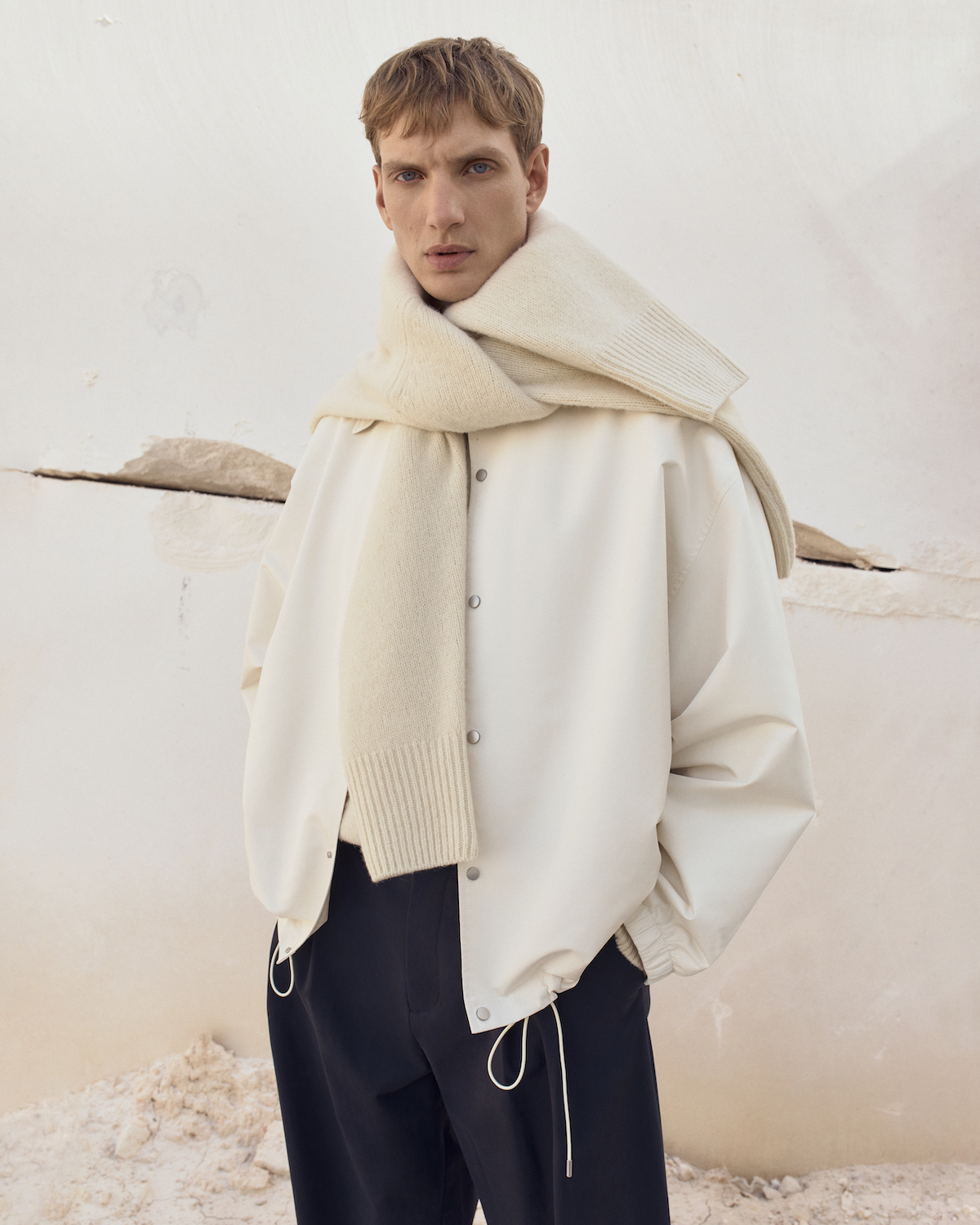
As for the clothing, the mens- and womenswear collections – which despite differences in design, are always made from the same set of fabrics – largely reflect the pieces that Wakeman creates for Studio Nicholson. ‘I’m so nostalgic about fashion,’ she says. ‘I grew up in the 1990s studying, and I always think, how do I elevate that 90s thing for today? People would wear these amazing second-hand cashmere coats – you can’t find things like that anymore. Those pieces are always on my mind. It’s about: how do we emulate that and make it really polished?
Receive our daily digest of inspiration, escapism and design stories from around the world direct to your inbox.
In some ways, Wakeman says, the Zara collaboration allowed her to push things further than her Studio Nicholson collections; the womenswear, in particular, she calls ’harder and edgier’, showing off an undercurrent of rebellion which she says has always existed at Studio Nicholson. ‘There’s a knee-high boot,’ she smiles, noting that she had recently revisited the imagery in rubber and latex magazines from the 1990s. ’It’s like, how do we do that? How do we make it softer?’
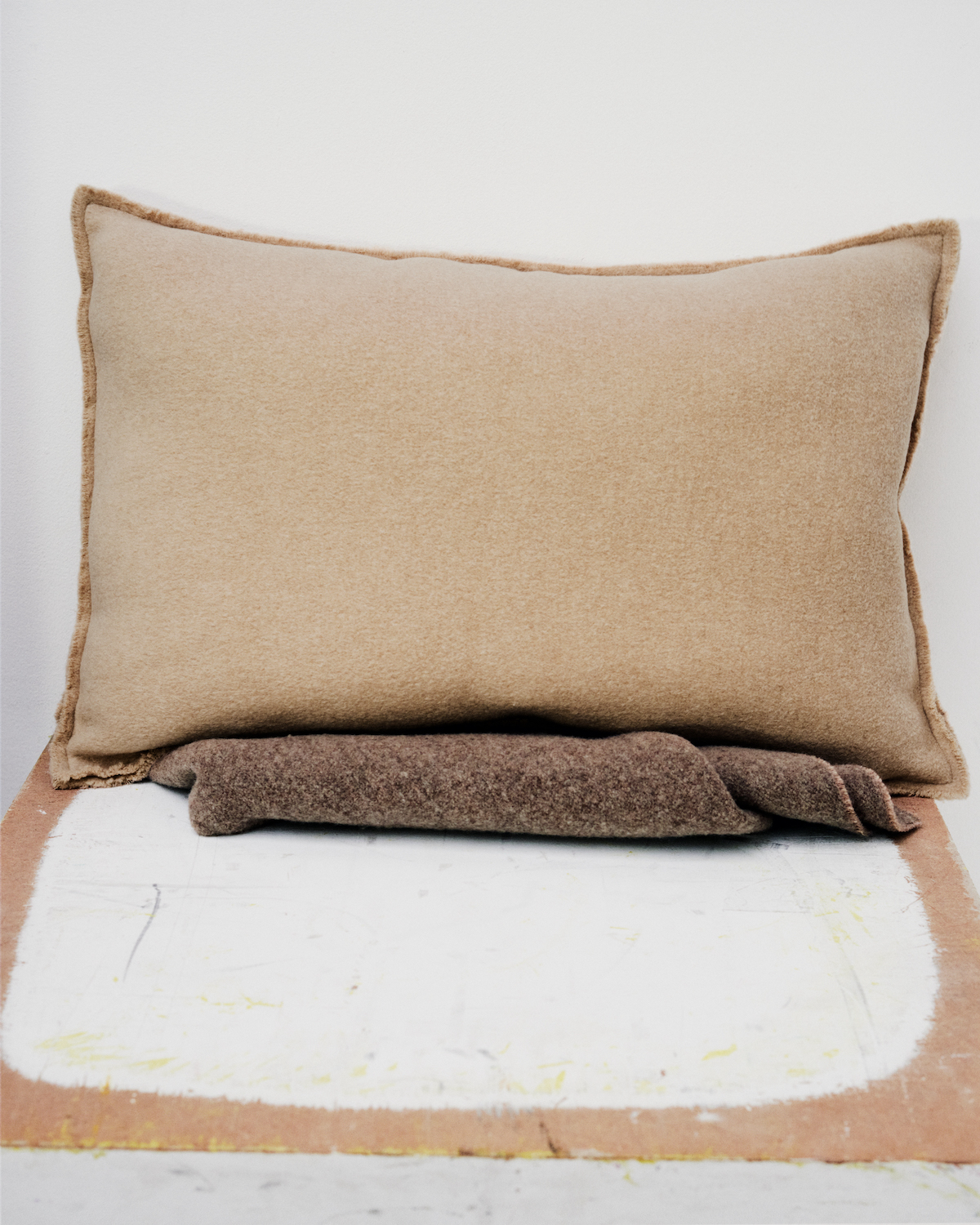
This emerges in the collection in textural clashes: a structured PVC pencil skirt is worn with a soft oversized cotton hoodie, for example, or a classic coach jacket is recrafted from rubber. ’There’s a lot of hard and smooth,’ she says, saying such moments are found across the menswear, womenswear and homeware collections. ’It’s all quite surprising together.’
For Wakeman, creation always returns to fabric: ‘you just want something that’s beautiful against your skin,’ she says. Most of the fabrics are sustainably minded – several include recycled materials – though each is designed to luxuriously envelop the wearer. The joy of Zara, she says with a kid-in-a-candy-shop fervour, is the access it grants to fabrics most small or independent brands cannot afford (Zara buys fabric in such quantities the prices are much reduced per metre). ‘You have all these resources in your pocket – the possibilities are endless.’
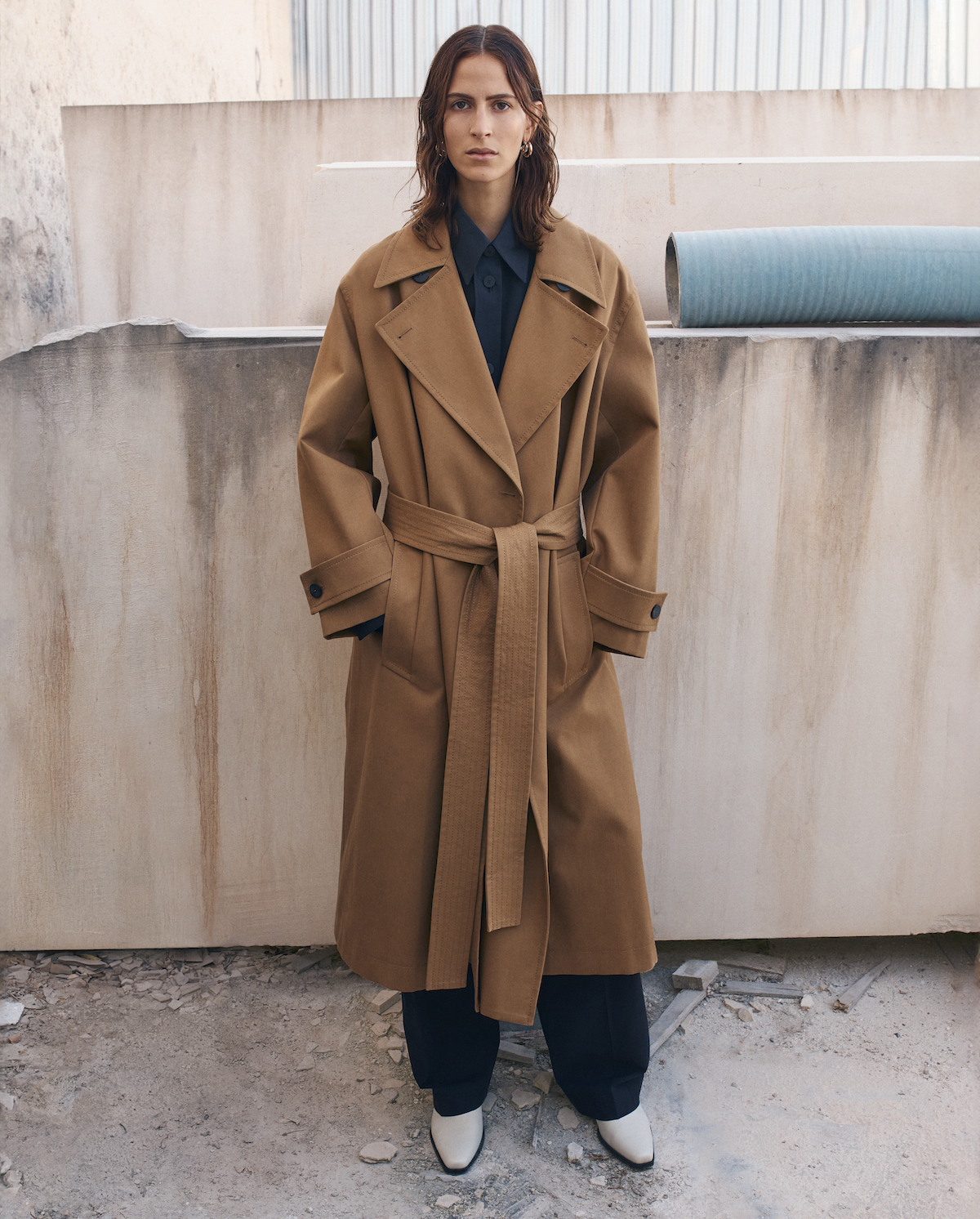
It means that those shopping the Studio Nicholson collection in Zara are accessing some of the world’s best fabrics at a fraction of the cost. ‘You’re getting something which is super considered, where a huge of amount has been spent on design – these are versions of pieces we’ve honed over years and years and years,’ she says.
’The fabric really is something else. You're gonna keep it forever. It's not going to pill, it's not going to wear, it’s not going to suddenly fall to bits or whatever,’ she continues. ‘You're going to have it for a very long time’.
Studio Nicholson + Zara is available from November 25, 2023 on zara.com, and on November 27, 2023 in selected stores.
Jack Moss is the Fashion & Beauty Features Director at Wallpaper*, having joined the team in 2022 as Fashion Features Editor. Previously the digital features editor at AnOther and digital editor at 10 Magazine, he has also contributed to numerous international publications and featured in ‘Dazed: 32 Years Confused: The Covers’, published by Rizzoli. He is particularly interested in the moments when fashion intersects with other creative disciplines – notably art and design – as well as championing a new generation of international talent and reporting from international fashion weeks. Across his career, he has interviewed the fashion industry’s leading figures, including Rick Owens, Pieter Mulier, Jonathan Anderson, Grace Wales Bonner, Christian Lacroix, Kate Moss and Manolo Blahnik.
-
 ‘I want to bring anxiety to the surface': Shannon Cartier Lucy on her unsettling works
‘I want to bring anxiety to the surface': Shannon Cartier Lucy on her unsettling worksIn an exhibition at Soft Opening, London, Shannon Cartier Lucy revisits childhood memories
-
 What one writer learnt in 2025 through exploring the ‘intimate, familiar’ wardrobes of ten friends
What one writer learnt in 2025 through exploring the ‘intimate, familiar’ wardrobes of ten friendsInspired by artist Sophie Calle, Colleen Kelsey’s ‘Wearing It Out’ sees the writer ask ten friends to tell the stories behind their most precious garments – from a wedding dress ordered on a whim to a pair of Prada Mary Janes
-
 Year in review: 2025’s top ten cars chosen by transport editor Jonathan Bell
Year in review: 2025’s top ten cars chosen by transport editor Jonathan BellWhat were our chosen conveyances in 2025? These ten cars impressed, either through their look and feel, style, sophistication or all-round practicality